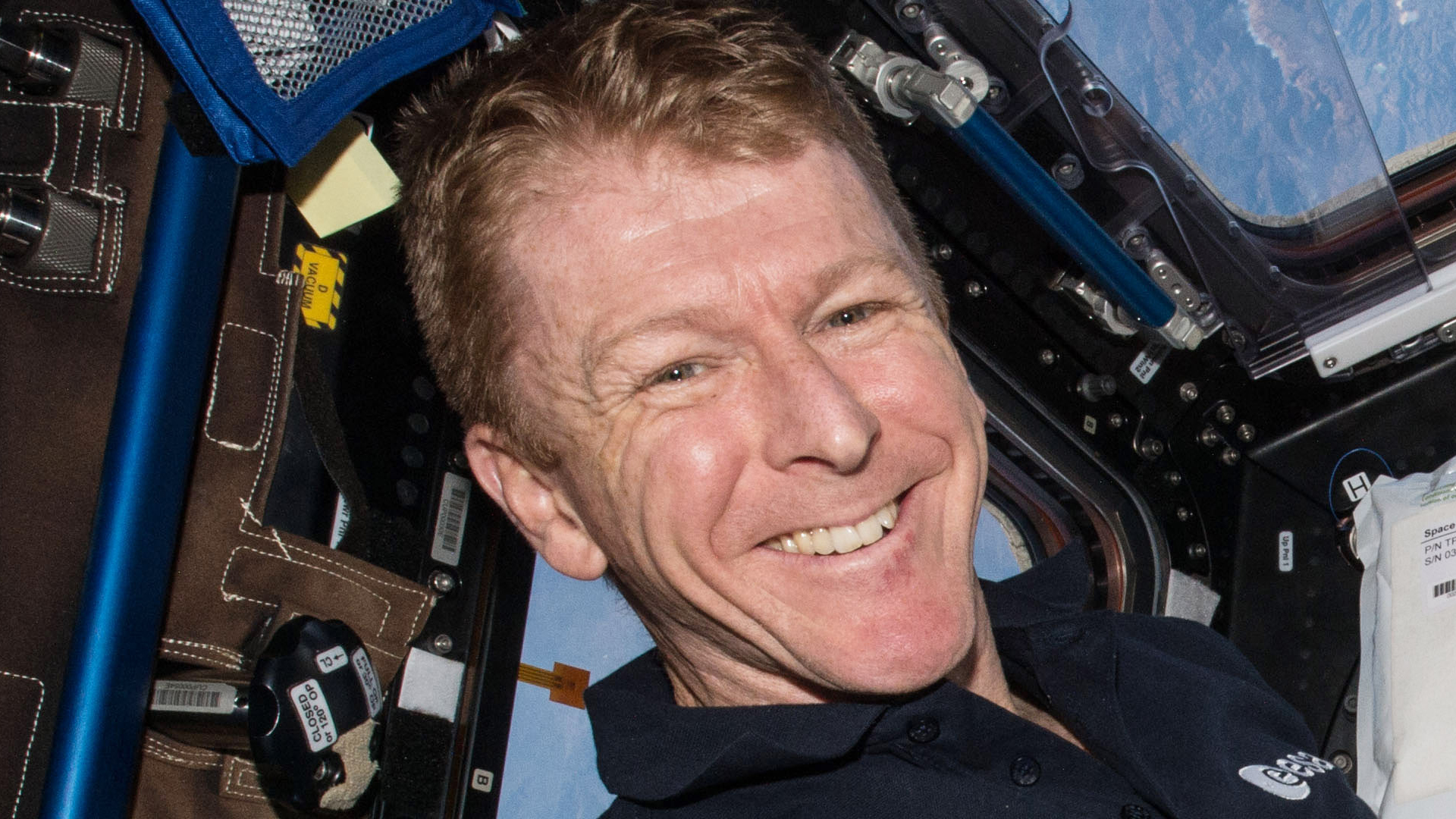T4K3.news
Bezos and Musk reshapes space launch market
Rivals collaborate on launches while pursuing competing broadband plans
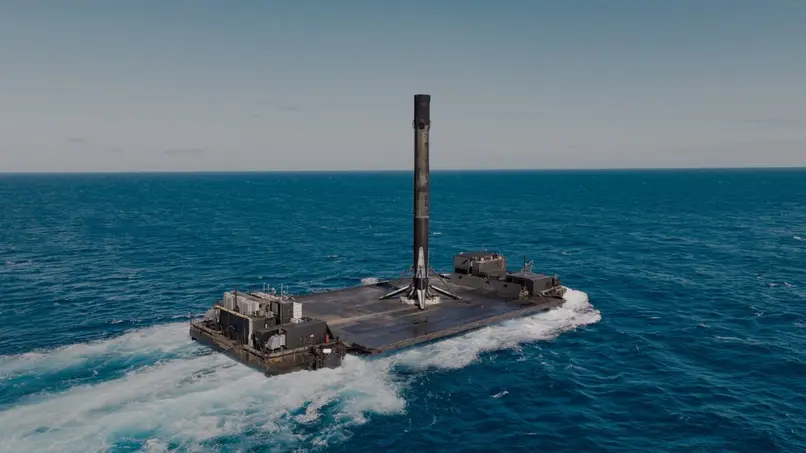
Satellite firms navigate a growing launch market shaped by rivalry and cooperation.
Bezos and Musk Turn Rivalry Into a Shared Space Launch Market
A Falcon 9 rocket lifted off from Florida carrying two dozen Project Kuiper satellites for Amazon. It marked SpaceX's 100th launch this year and underscored a surprising twist: SpaceX is delivering a direct competitor to Starlink while serving a customer that is also a rival in other parts of the business. The mission shows how the space industry can operate as a shared infrastructure where rivals still rely on the same launch lanes.
SpaceX positions itself as a launch service with low cost per kilogram and a track record of rapid reusability. The company has flown for others that compete with its own products, including OneWeb and AST SpaceMobile, and even supported Northrop Grumman for a Cygnus cargo mission. The pattern points to a market where demand, not rivalry alone, shapes access to orbit.
Key Takeaways
"The launch market is becoming a shared infrastructure business"
Market structure and collaboration
"Rivalry can coexist with cooperation in space"
Editorial take on the Bezos Musk dynamic
"Lower costs unlock faster broadband for more people"
Impact on consumers and access
This move signals a maturation in the launch market. Frequent flights and reuse drive down prices, widening access for satellite operators that compete on services rather than on launch capabilities. It also shows how two giants can cooperate on a project while still pursuing different business goals in other segments of space activity.
Yet the arrangement raises questions about dependence on a small handful of launch providers. If a few players handle most missions, price dynamics and scheduling could tilt in ways that affect smaller operators and new entrants. Regulators may also watch spectrum use and licensing cadence as more constellations come online, shaping how the market expands while protecting competition and users.
Highlights
- Rivals learn to share the same runway
- A lean rocket unlocks a bigger broadband future
- The sky is big enough for many customers
- Competition fuels capacity not just price
The space economy keeps expanding as two giants redefine how to get there.
Enjoyed this? Let your friends know!
Related News
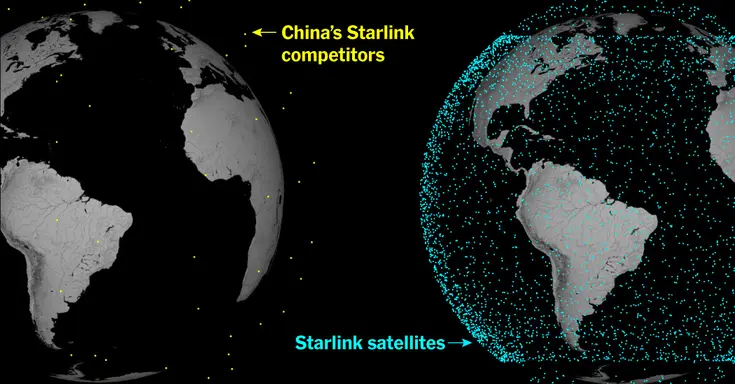
China Falls Behind SpaceX in Satellite Launches

BYD expands shipping empire
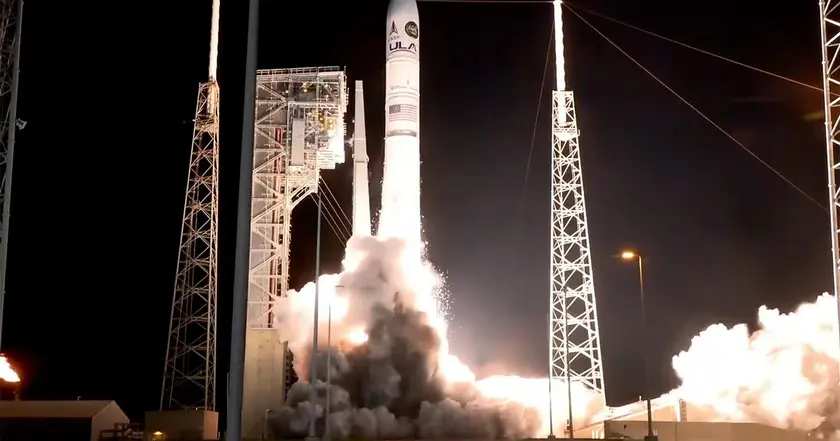
ULA Vulcan lifts off on Space Force sanctioned flight

Capitol presence links Trump pick to January 6
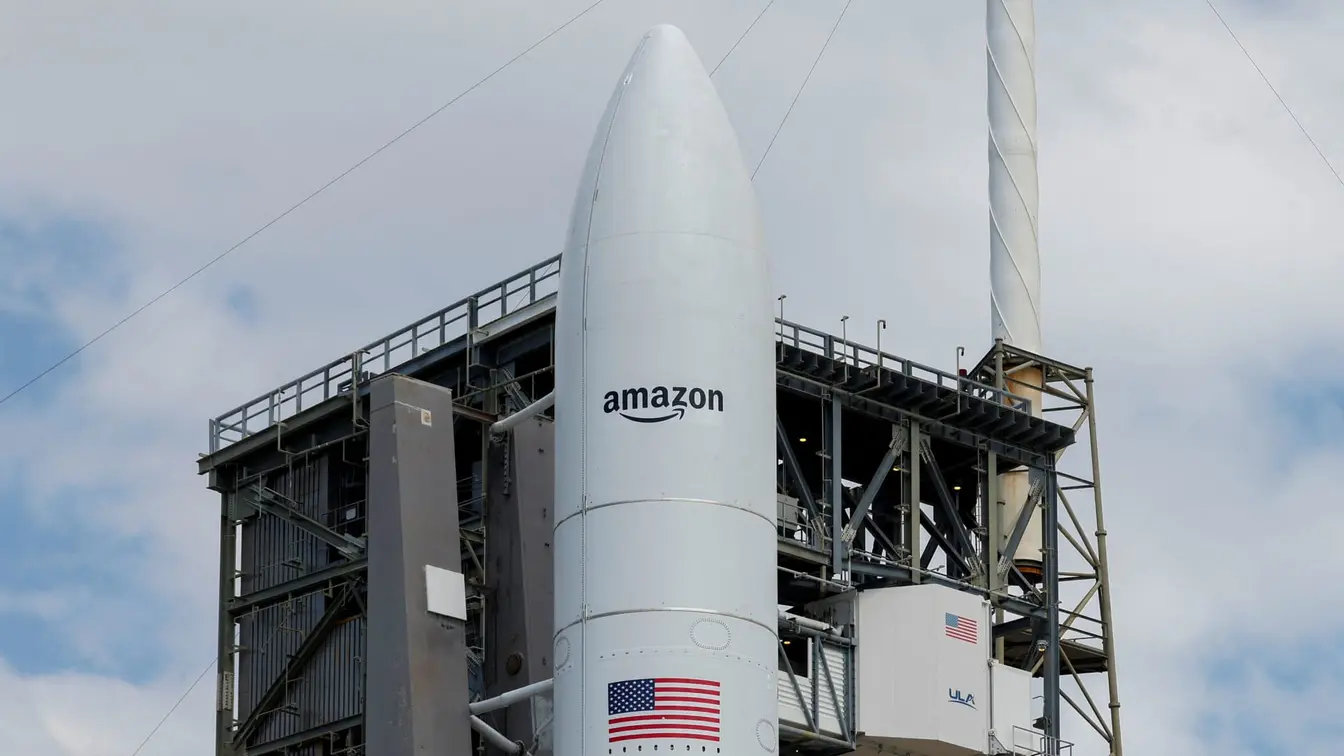
Kuiper moves toward launch
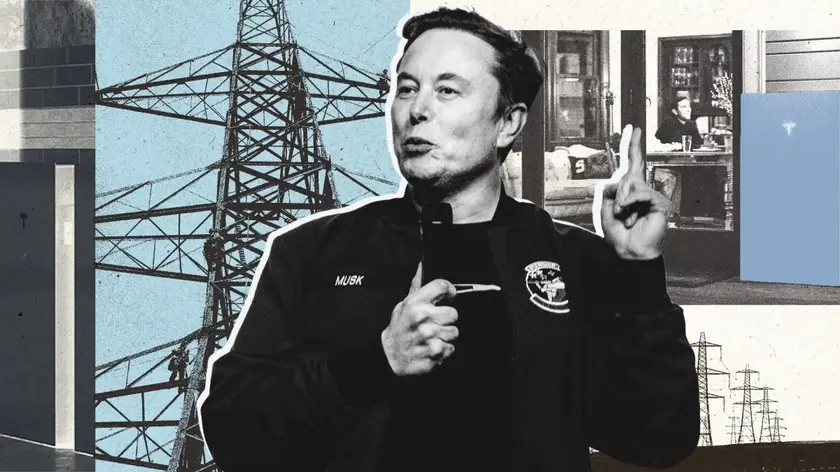
Tesla moves into UK energy market

Tesla's budget Model Y to launch with simplified features
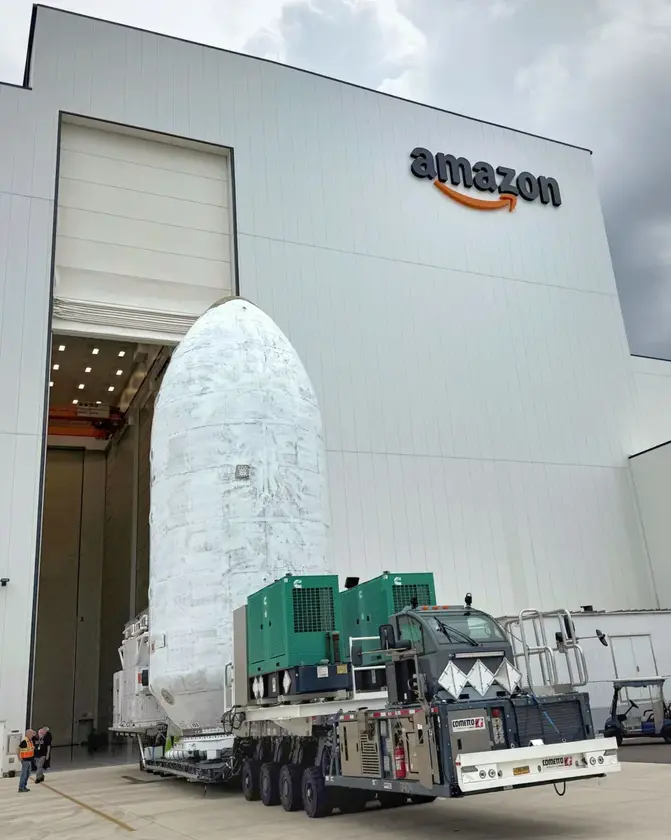
Amazon partners with SpaceX for satellite launch
